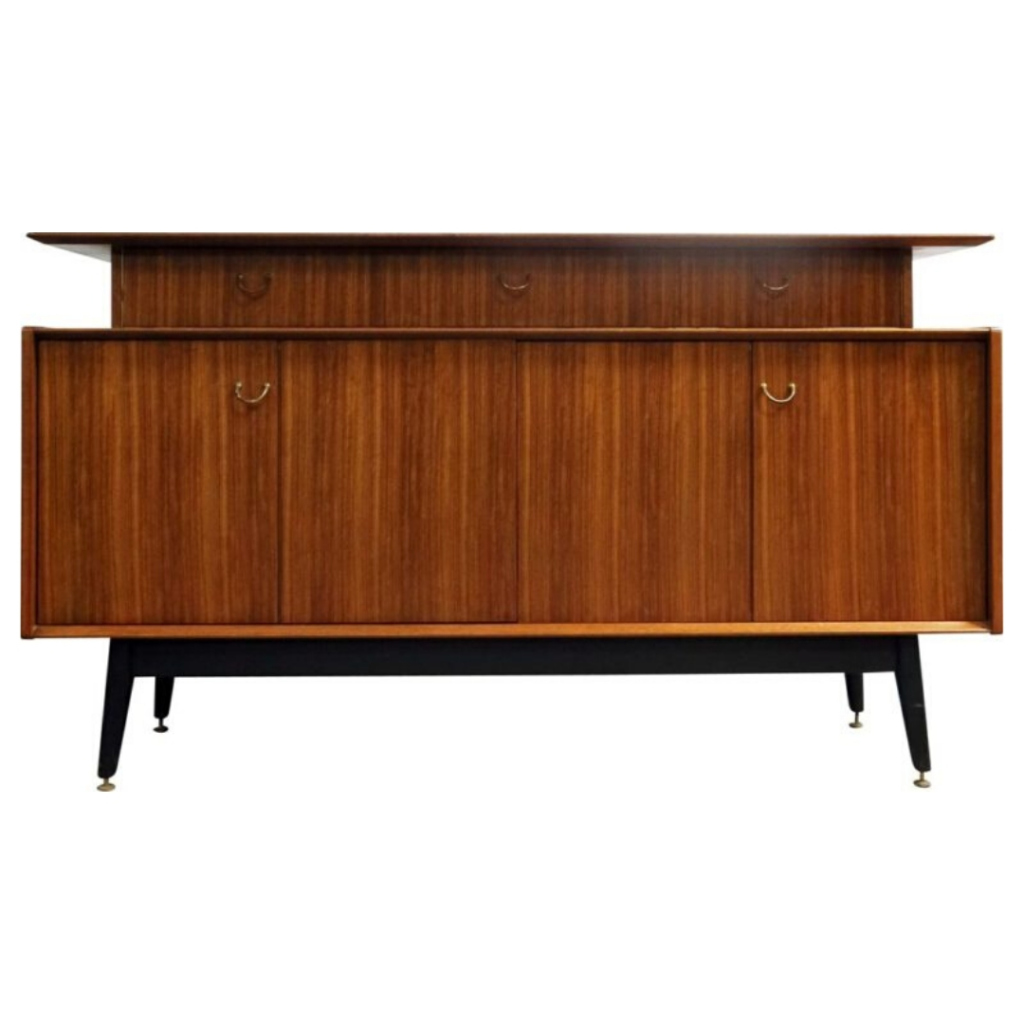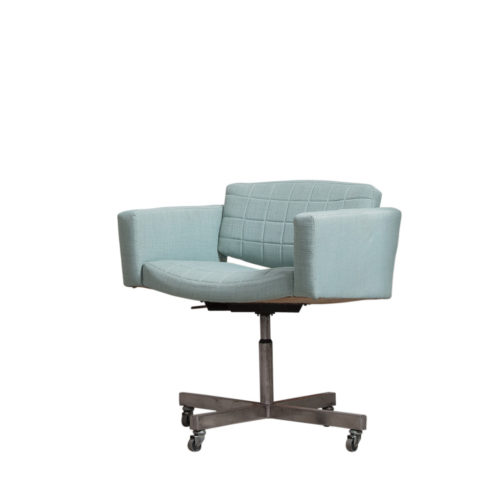Riki
¤tHog wire is like much thicker chicken wire. You see it used quite a bit in Austin, and in zoos framing out walkways. While not as universally liked as the wood slatted fence, it does have some positives.
For small yards it does add transparency. It also obviously cannot rot. If damaged it's more easily matched than aged wood.
This is a good example below.
And now upon further thought, I would not let the vines get as thick as in my illustration methinks. Only allow some cover.
Here is the same photoshop job without the vines so you can see it better.
I vote for horizontal slats too.
They're popular for good reason, I think. The wood adds a lot of warmth. And, the horizontal lines give the pleasing effect of making the house seem more "grounded" somehow.
Don't much care for the hogwire, seems industrial-- but in a bad way, I think.
whitespike
When you consider "hog wire" as your material of choice, it begs the question, "is it designed to keep the hogs out, or to keep the hogs in?"
I'm kidding of course, but your new image reinforces my initial opinion. I think the slatted fence looks better with some or no vines while the wire looks good covered with vines. Without, not so much.
I like industrial, common, or repurposed materials in modern design but I think they look best when contrasted with more refined, luxurious, or elegant materials. Used outside as an enclosure, the hog wire seems like it needs a foil, like a very delicate landscape design or a dense cluster of organic lines and color (your original idea with the thick vines).
I agree pegboard. i wouldnt d...
I agree pegboard. i wouldnt do it plain. the wife likes the lushness. hate to spend so much on wood just to cover it.
i wouldnt let it get as wild as i illustrated, but i would let it get pretty covered.
thanks for all the recommendations...
and again ... would all the vines be a bad idea on the wood? i know vines can really disrupt wooden structures.
If you need any help, please contact us at – info@designaddict.com









